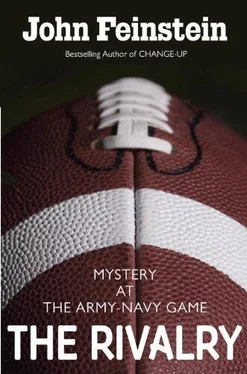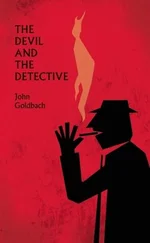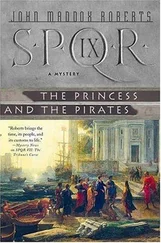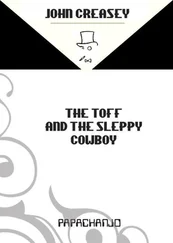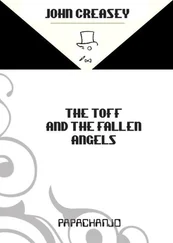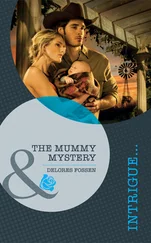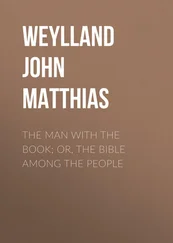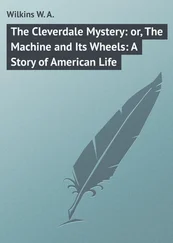Roger Staubach, Navy class of 1965. Staubach was hailed by Coach Wayne Hardin as “the best quarterback Navy ever had.” He won both the Heisman Trophy and the Maxwell Award in 1963, and led his team to victory in two Army-Navy games. After completing his military commitment and serving in the Vietnam War, Staubach joined the Dallas Cowboys as a twenty-seven-year-old rookie, and went on to a Hall of Fame career. He played in four Super Bowls, won two, and was MVP of Super Bowl VI. That made him the first of only four players to win both the Heisman Trophy and a Super Bowl MVP.
Phil McConkey, Navy class of 1979. After serving his military commitment, McConkey signed with the New York Giants as a twenty-seven-year-old rookie. He was a wide receiver and kickoff and punt returner, and he played a key role in the Giants’ Super Bowl XXI win in January 1987.
Napoleon McCallum, Navy class of 1985. McCallum was a star tailback and kick returner. He played for the Los Angeles Raiders while also serving in the Navy in 1986. He then left to complete his military service. He rejoined the team in 1990 and played until 1994, when a knee injury ended his football career.
Games Not Played
After the first Army-Navy matchup in 1890, there have been only ten years when the game was not played.
The game was suspended for five years from 1894 to 1898 by President Cleveland due to excessive violence and injury.
In 1909, Army canceled their football season after Cadet Eugene Byrne was killed during the Army-Harvard game.
The games in 1917 and 1918 were suspended for World War I.
The 1928 and 1929 games were canceled because of a dispute over player eligibility.
Where and When
The Army-Navy game was traditionally played on the Saturday after Thanksgiving, but the date has been pushed back so that it will be both the last game on Army’s and Navy’s schedule and the last game of the regular college football season. It is now played on the second Saturday in December.
The game has been played most often (82 times!) in Philadelphia-neutral territory, a historic city, and about halfway between the academies.
Only six games have been played at the academies themselves. The first four games alternated between West Point and Annapolis. And then in 1942 and 1943, the games were played on campus to cut down on travel costs during wartime. Travel was so severely restricted that the Corps of Cadets was not allowed to attend the 1942 game at Annapolis, and half of the Brigade of Midshipmen were ordered to sit on the Army side of the field and cheer for West Point. Navy won the game 14-0.
In 1905, Woodrow Wilson, then the president of Princeton University, successfully lobbied for the game to be played in Princeton, New Jersey.
Eleven games have been played in New York City-at the Polo Grounds and Yankee Stadium.
Four games have been played in Baltimore.
In 1926, the game moved to Chicago for the dedication of Soldier Field.
Four games have been played at Giants Stadium, in East Rutherford, New Jersey.
In 1983, the city of Pasadena, California, paid the travel expenses for both the teams and the students of both schools so it could host the Army-Navy game at the Rose Bowl Stadium. This is the only game in this epic rivalry to have been played west of the Mississippi River.
The 2010 game will be played in Philadelphia, and the 2011 game is slated to take place in Landover, Maryland, outside Washington, D.C.
Presidents at the Army-Navy Game
Theodore Roosevelt was the first president to attend the game, which he did in 1901. He began the tradition of changing sides at halftime. Roosevelt also attended in 1902, and in 1905 he is said to have walked the sidelines, cheering on the teams.
Woodrow Wilson attended the game in 1913 at New York’s Polo Grounds.
Calvin Coolidge attended the game in 1922 as vice president and then in 1926 as president.
Harry Truman attended the “game of the century” in 1945. And he returned in 1946, 1948, and 1950.
Dwight D. Eisenhower was the only future president ever to participate in the rivalry, starting at halfback and linebacker for Army in their 1912 loss. He attended the game once during his eight-year presidency.
Having served in the navy during World War II, President John F. Kennedy took great interest in the game, attending in 1961 and 1962. He started the tradition of performing the pregame coin toss. Kennedy took particular interest in the 1963 team, led by quarterback Roger Staubach, and he even visited Navy’s preseason training camp to offer support. That year, Staubach won the Heisman Trophy and the team went 8-1 and was number two in the nation. Then eight days before the Army-Navy game was scheduled, President Kennedy was assassinated, and the game was canceled. But First Lady Jackie Kennedy felt that playing the game would be a fitting tribute, so the game was rescheduled at Municipal Stadium in Philadelphia a week later. The stadium was renamed John F. Kennedy Stadium in 1964.
After Kennedy’s death, security concerns prevented many of his successors from attending the game. Between 1963 and 1995, only Gerald Ford attended-in 1974 to celebrate the 75th playing of the Army-Navy game.
Bill Clinton went to the game in a driving rainstorm in 1996-the first president to attend in twenty-two years.
George W. Bush attended the game three times (in 2001, 2004, and 2008), performing the coin toss and crossing midfield at halftime. In 2004, he also began a tradition of visiting the teams in their locker rooms before the game.
The only nonpresident ever granted access to both the Army and Navy locker rooms before, during, and after an Army-Navy game: John Feinstein, in 1995, while he was researching A Civil War .
Fun Facts and Firsts
In the 1893 game, Navy midshipman Joseph Mason Reeves wore what many regard as the first football helmet. He had been told that another kick to the head could result in “instant insanity” or even death, so he had a shoemaker fashion a helmet of leather. The NCAA did not require players to wear helmets until 1939.
“Anchors Aweigh,” the Navy fight song, made its debut in the 1906 Army-Navy game. Navy won for the first time in five years.
The 1915 game at the Polo Grounds in New York was the first game in which players wore numbers on their uniforms.
Instant replay was used for the first time on any telecast during the Army-Navy game, in 1963.
In 1991 and again in 2000, Navy had only one win in the season-against Army.
Superlative Stats
Most touchdown passes in an Army-Navy game: 3, by George Welsh, Navy, in 1954.
Most receptions: 10, by Mike Clark, Navy, 1967.
Most receiving yards in one game: 128 yards, by Ryan Read, Navy, 1998.
Most interceptions: 4, by Mark Schickner, Navy, 1970.
Highest punting average: 57.6 yards per punt, by Joe Sartiano, Army, 1981.
Longest punt: 79 yards, by Joe Sartiano, Army, 1981.
Longest punt return: 81 yards, by Paul Johnson, Army, 1933.
Most kicking points: 15, by Steve Fehr, Navy, 1980.
Longest kickoff return (tie): 98 yards, by Charles Daly, Army, 1981, and by Reggie Campbell, Navy, 2007.
Longest rush from scrimmage: 92 yards, by Rip Rowan, Army, 1947.
Longest pass: 69 yards, by Brian Broadwater to Ryan Read, Navy, 1998.
Longest field goal: 52 yards, by Kurt Heiss, Army, 1994 (to win the game).
Longest interception return: 101 yards, by John Raster, Navy, 1951.
Sources for Further Reading
armynavygame.com/the-rivalry/timeline
phillylovesarmynavy.com/RIVALRY-HISTORY
goarmysports.com
navysports.com
Читать дальше
